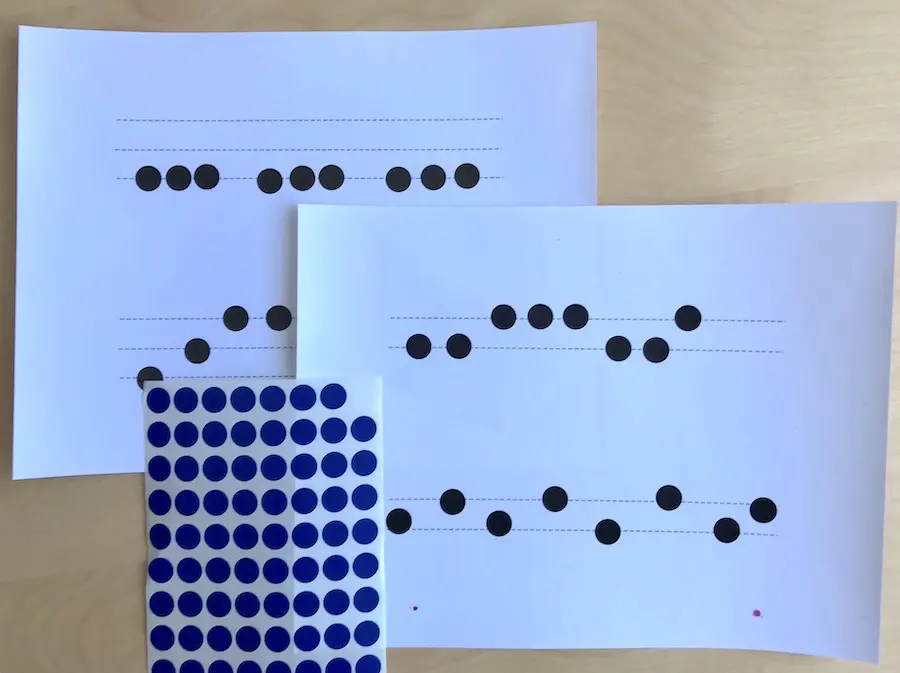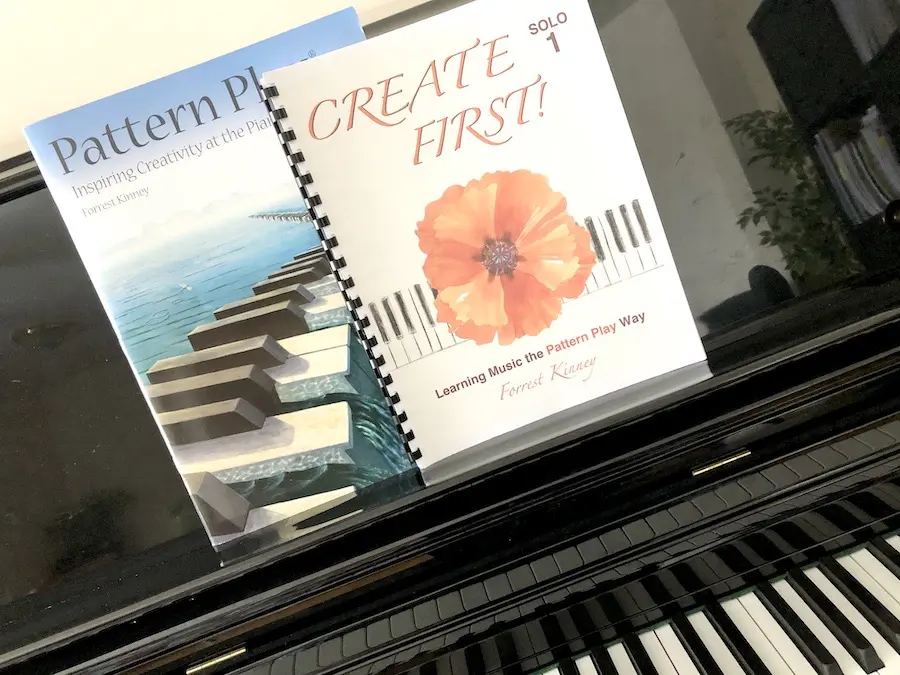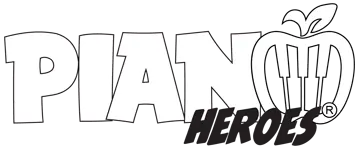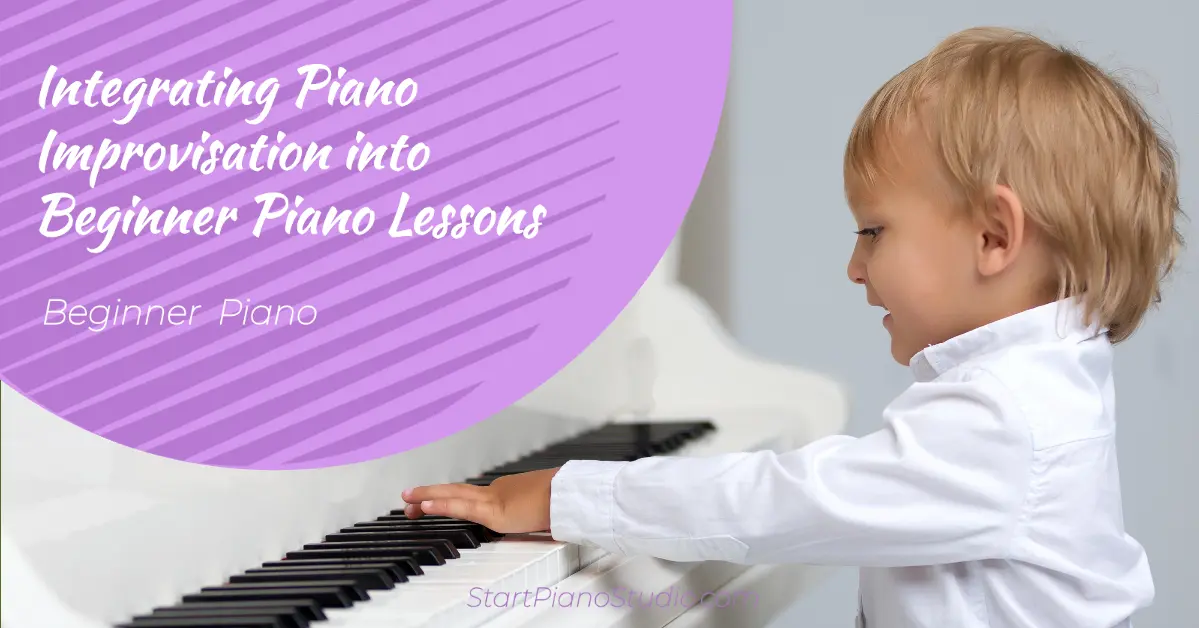Improvisation is a key to sparking creativity and maintaining interest in the process of studying piano. Unfortunately, piano improvisation is commonly neglected in piano lessons. Not because teachers do not value it, but because we all are on a schedule, exams, recitals, festivals, and squishing in a little bit of fun and silly is not on the agenda. However, there are lots of ways to introduce students to improvisation on any level of studying piano.
How to Include Piano Improvisation
The piano improvisation is included in the musicianship part of the lesson and, depending on the student’s goals, can be explored in every lesson or in blocks after exams or in a particular semester. For the homework, for instance, practicing the improvisation on the black keys, exploring the harmonization for the in-lesson learned melody, playing a tune by ear, adding the texture to the improvised melody by using intervals and chords, and playing with different articulations can be assigned.
Do not forget those important theoretical concepts like intervals, chords, and scales, key signatures, and cadences, also pattern recognition, aural awareness are all supported and reinforced by improvisation.
Easy Start Piano Improvisation
Rote teaching/playing in the first stages of learning piano illuminates the fear of the keyboard and helps to unleash the mind. Young beginners are eager to experiment. It makes improvising to be a fun and enjoyable activity for both a student and a teacher.
If the young student is confused about what improvisation is, start visual exercises first. Using 2 and 3-line staff and big sticker dots create simple patterns and play on black keys. Click here to get your Improve Staff PDF.

The next step is sound improvisation. Ask the student to create any melody, using only white keys to match your accompaniment. The chord progression of C Maj – C, F, G, C can be used at the beginning.
Older Beginners Improvisation
For older students, the main obstacle to improvisation is self-judgment. They do not feel they can create good enough music or just do not want to “fool around”. Another obstacle is that many parents do not fully understand the value of improvisation and are against ‘wasting time’. If the last one could be fixed by educating the parents, self-judgment is a more complicated thing to change and needs well-planned work from the teacher’s side. The “Create First” series by Forrest Kinney is a great way to introduce older piano students to improvisation. The books allow working at different levels. There are student and teacher copies. No need for long preparation.

Last Thought
Teaching to play piano professionally, using the traditional skill requirements is as much important as teaching to be creative and play something spontaneously, just for fun. Starting with a simple and modest improvisation students gradually grow to use different patterns and melodies. Eventually, they get accustomed to freedom of interpretation and feel more confident about their playing. And lastly, introducing students to improvisation in any phase of piano learning will help with establishing a happy and imaginative relationship with music.
More Teaching Aids
Let’s Create Music – use to reinforce keyboard awareness and note to key and staff recognition.
Small Piano Keyboard Printable
Happy teaching!

